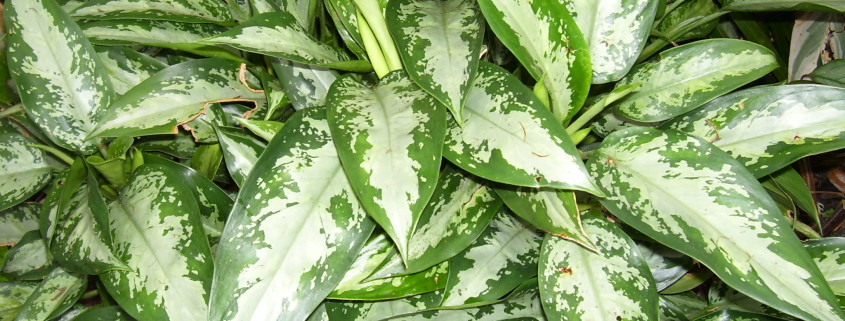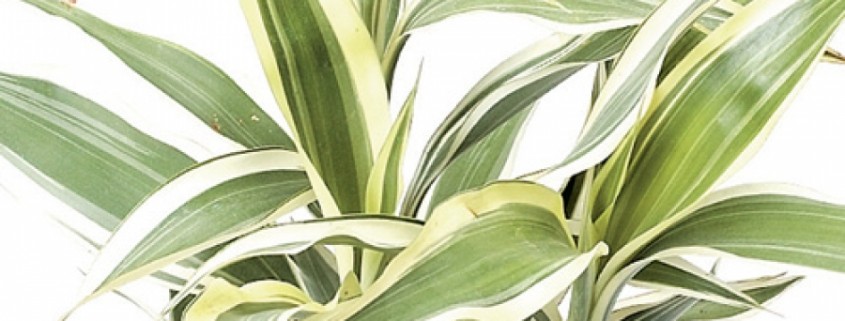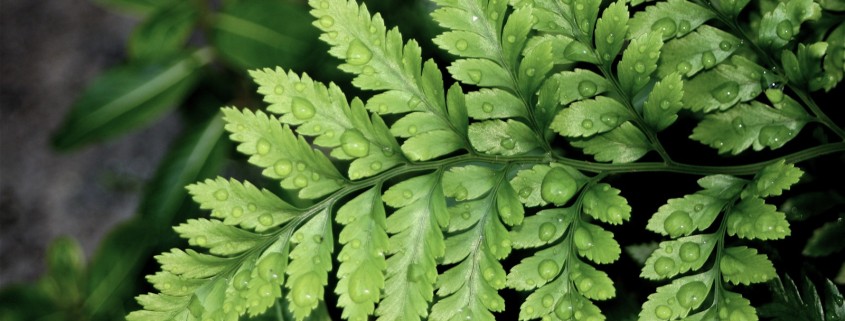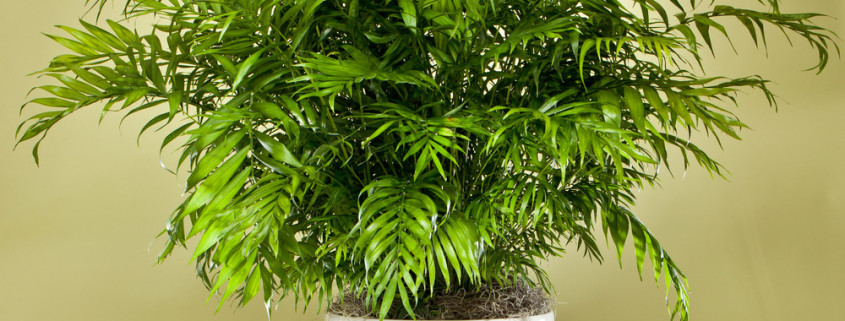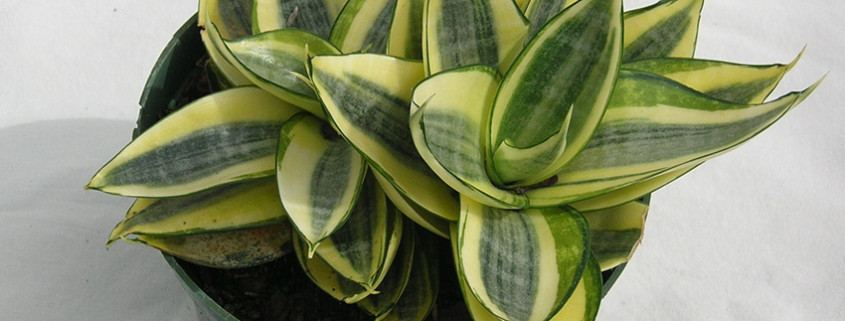6 Indoor Plants That Love The Dark
The indoor house plant that will brighten up the end of a corridor 5 meters from any front door. The Aspidistra, commonly known as the Cast Iron plant, has graced the drawing rooms of many an otherwise drab Victorian English manor.
Many gardening experts describe the Aspidistra as one of the toughest and most adaptable house plants. Its long blades of slender dark green or variegated dark green and white leaves shoot straight out from the soil but in clumps and up to 75 cm in height and 15 cm wide.
It is such a low maintenance plant much like an even-tempered woman who does not need any fussing over but still maintains its sweet nature. It needs very low light, average temperature and humidity and just occasional watering.
Other plants that do not need much light
Low-light plants are usually defined as those that can survive in 25 to 75 foot candles – that is, a spot that is 4 to 5 metres from a bright window, just enough light to read by comfortably, but where artificial lighting switched on by day would give a brightening effect.
You can easily find the Aspidistra in your local garden center nursery.
In addition, five other plants that will suit very low light situations are the following:
Aglonema (Chinese Evergreen)
Aglonema (Chinese Evergreen) which are among the few plants that prefer only moderate light and adapt well to low light. It has large dark green oval then tapering leathery leaves later developing a caney base.
Drachaena Deremensis
Drachaena deremensis varieties (also know as Happy or Fortune Plants) which are slender leafed and usually white variegated. The Drachaena family are caney plants crested with decorative rosettes of straplike foliage.
Holly Fern
Holly fern which adapts to low light and Boston fern a fishbone type of fern that will remain in low light for many months but need a spell in brighter light to rejuvenate.
Neanthe Bella
Neanthe Bella or Parlor Palm which is more suited to low light situations than most palms.
Sanseviera
Sanseviera (also known as Mother-In-Law’s Tongue) which stands low to very bright light has waxy, erect straplike leaves usually with cream-colored margins and an unusual banding of the grey-green center.
Want additional or need help with your interior or exterior landscaping? Give us a call 954.370.4832 to schedule a free consultation.

